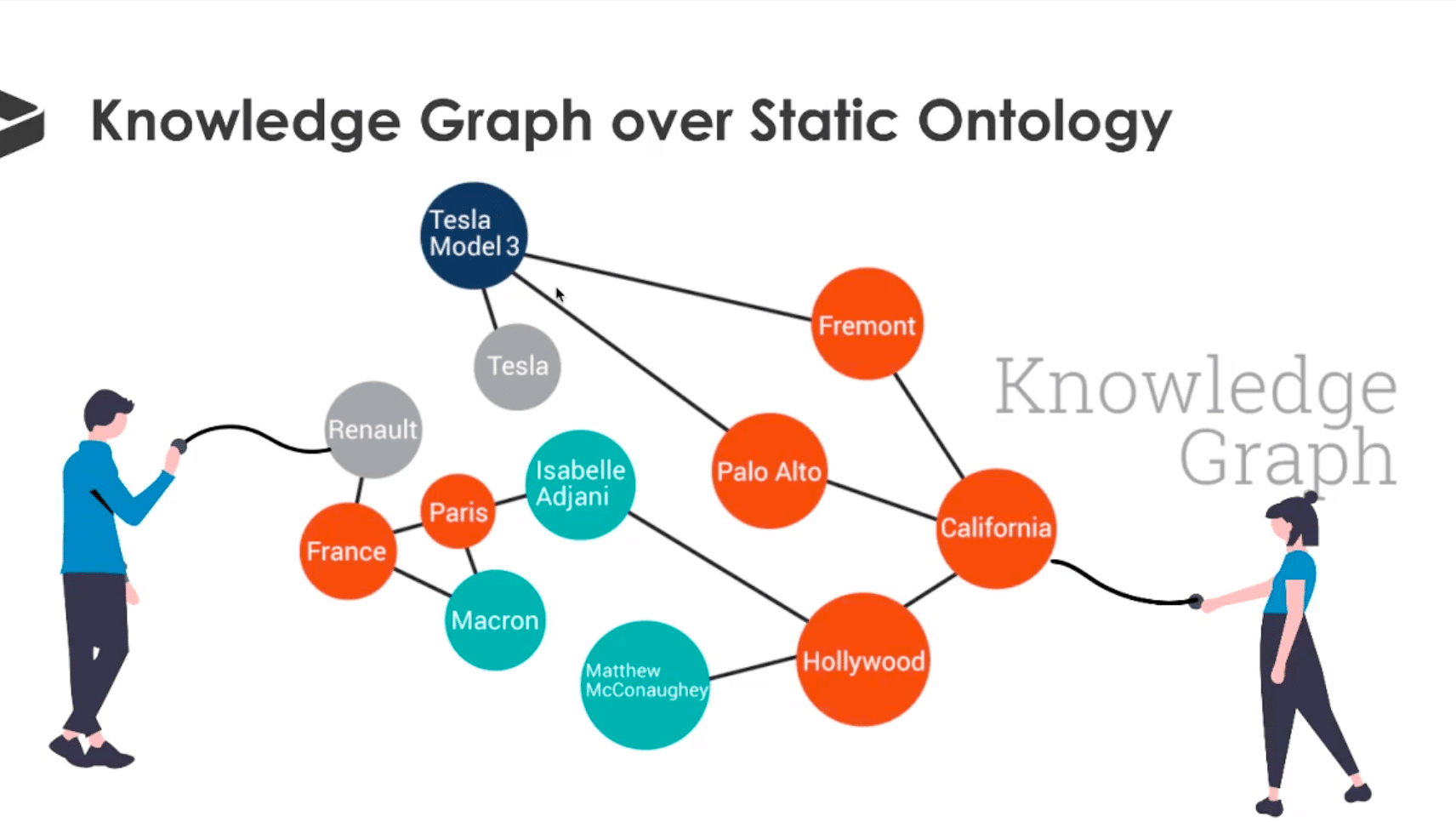Our 2020 Cloud Data Migration Survey Results Are In
Actian Corporation
November 12, 2020

Why is This Study Different?
OK, so that’s like saying the sky is blue on a clear sunny day, right? Actually, it’s cloudier than that – pun intended! If you talk to cloud vendors, everything is moving to the cloud and has been for over a decade, so the glass is half full. If you talk with legacy platform vendors with a vested interest in remaining on-premises, the cloud will never fully eclipse on-premises, so the glass will always be half empty. Truth be told, they are probably both right: The glass can hold 16 ounces and it currently contains 8 ounces. The problem with this more factual statement that bridges the two perspectives is that it overly simplifies what is a very complex set of journeys that most organizations take as they move to the cloud.
Most surveys addressing migration tend to be done by cloud vendors, SIs with cloud practices, or cloud-centric analysts. Their questions tend to be crafted to elicit responses on if the respondent is moving to the cloud but do not address how much, what is being moved, and how difficult the move has been. Our experiences with customers tell us that there are probably many different experiences of moving to the cloud – even within a single organization, based on an array of factors. Further, we couldn’t find surveys specific to data migration that are freely available and do not prescribe a specific product or methodology for migration. Our customers were constantly asking us for more than just a reference to a single customer we’ve migrated to the cloud.
Detailed Feedback on Data Migration From Your Peers
To this end, we decided to sponsor annual surveys that use an external third-party firm to conduct phone interviews with an extensive set of questions, tabulate results, and provide key observations. The battery of questions focuses on data migration, not applications or underlying infrastructure which seems to be where the bulk of such surveys focus. The firm recently completed this year’s survey of hundreds of respondents from two equal and distinct groups: IT Data Managers (ITDMs), including Enterprise Architects, Data Engineers, and Database Administrators; and key data decision-makers, including business analysts, line-of-business users, and data scientists. The survey report goes beyond just tabulating results to each of the questions and includes excerpts from interviews that highlight points we believe the report reader will find are gems of wisdom if they too are on a cloud journey.
There Are Ten Key Topics and Areas Covered
- What were the key drivers for you to move your data to the cloud?
- Where data in organizations data resides – on-premise, single cloud, multiple clouds and what percent of that data is in the cloud?
- For data you haven’t moved to the cloud, why does it need to remain on-premise?
- How much data do most organizations have in their enterprise data warehouse?
- How easy or hard was it to migrate to the cloud. Were you prepared to move. Did it go as you expected it to?
- What have you learned? What would you pay closer attention to, resource or do differently in your next cloud data migration?
- What have you seen as outcomes, what impact has this had on your job and services to your stakeholders?
- What types of operations and analysis are you using your data, for?
- What challenges are involved in using your data?
- How well are ITDMs and data decision makers working together?
Top Five Observations
- Investments in cloud have a positive impact on the business. Surveyed data decision makers find that having their data in the cloud provides real-time data access and enables them to get better insights faster.
- Even as investments in cloud increase and prove their value, the need for on-premise hasn’t gone away and often, a single cloud environment isn’t possible. Net-net, Hybrid landscapes are unavoidable, and are in fact necessary for larger organizations.
- Given the need to maintain a multi-cloud and on-premise environments for both applications and data, the journey to the cloud is proving to be more complex due to several factors highlighted in the report.
- ITDMs surveyed have learned important lessons around preparation, resourcing, and training that are described in more detail in the survey.
- From a data decision maker perspective, more understanding and support is needed from ITDMs in order to work together more effectively. This is particularly true when it comes to having secure access to the data they need in a timely manner.
Subscribe to the Actian Blog
Subscribe to Actian’s blog to get data insights delivered right to you.
- Stay in the know – Get the latest in data analytics pushed directly to your inbox.
- Never miss a post – You’ll receive automatic email updates to let you know when new posts are live.
- It’s all up to you – Change your delivery preferences to suit your needs.












